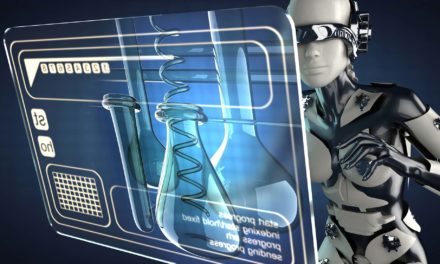The documentation process is an extremely important feature in cGMP compliance. That said, there is still a lot of confusion in the industry, particularly in areas of the life sciences business where regulations are changing, such as in the tissue/regenerative medicine space and combination products. Understanding what is core data and therefore what constitutes primary documentation is very important if one is not going to fall into the trap of data/application integrity issues. Primary data entry and the mechanism used to record that is considered to be a primary documentary record, and all systems employed to ensure GMP compliance should make use of that record.
As pharmaceutical consultants, we still come across all to many circumstances where records are being prefilled due to operational circumstances, such as a cold room separation/purification step, or where someone else transcribes a better (“cleaner”), version of the record that’s free of typographical and possibly calculation errors. All of these situations are definite “no no” situations and can render the product being processed as unusable. Frequently we encounter situations where the product passes the basic QC characterization specifications but has questionable/poor documentation making it difficult or impossible to release. Interestingly the site QA had is then left with the difficult job of persuading the company that “on specification” product can’t be released due to so many GMP infractions. And sadly, in some cases they are unable to do this as some products enter the market only to be recalled at a later date. From our experiences in the field, what is needed is a paradigm shift in the front offices of companies so the technical staff and QA staff are not put into these difficult situations. Clearly, as this is occurring, there is still a fundamental misunderstanding about what cGMP compliance is, and the importance documentation plays in that process.
In Europe the situation is somewhat better because of the inclusion of the QP (Qualified Person), and this gives added weight to the QA release process, since it becomes a legal process in terms of what can be released; the QP being held personally liable for issues if bad product is shipped into the market. As we move to more digital systems that prevent certain recurring operator errors, we should see a decline in some cGMP documentation errors, but in exchanging paper for digital records, we need to assure digital security and integrity, otherwise we are just exchanging one problem for another. Again, this is something we are seeing particularly in international manufacturing, with the resultant associated data integrity issues.
Only time will tell whether this ushers in GMP improvements, but irrespective of the technology employed, without a commitment from executive management to properly oversight things and ensure adequate training in cGMP compliance and ethics, it is unlikely these issues will go away in a hurry!





